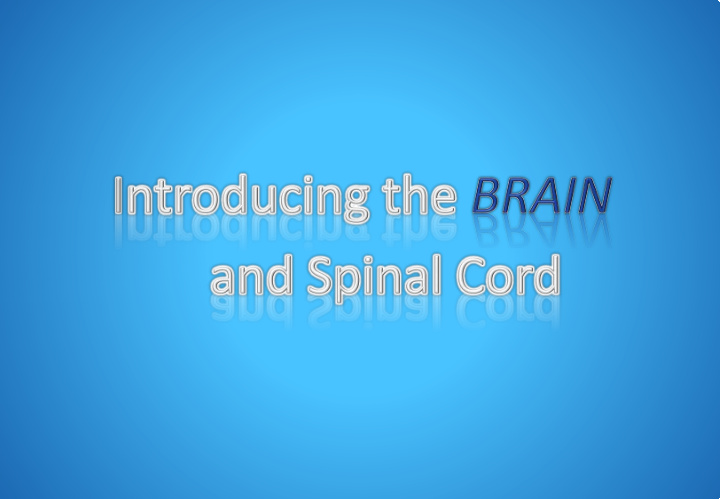



Any questions for a scientist? Ask your parents to email us! sarah.gundy@nuigalway.ie Unit 5A: Ke e ping He a lthy
Michael J. Fox is a famous actor who now has Parkinson’s disease Watch a video of Michael J. Fox Listen as he describes what it is like living with Parkinson’s disease Video can be accessed at: https://www.youtube.com/watch?v=ECkPVTZlfP8
Cell Body Dendrite Axon
The region where two neurons meet is called the synapse The synapse is a gap between the neurons that the message must jump across Chemicals, called neurotransmitters , carry the messages across the gaps Dopamine is a type of neurotransmitter in the brain
How Dopamine Carries a Message How does the message travel from the brain to muscles? Brain Muscle
Neurons at a Synapse Neuron 1 Neuron 2 Brain Muscle Synapse Neuron 1 Neuron 2 vesicles receptors
Dopamine at a Synapse = Dopamine Brain Muscle 1. Dopamine starts at the vesicles of neuron 1 2. Jumps across the synapse, and 3. Is caught by the receptors of neuron 2 Result: Muscles move properly
If Dopamine Levels are Too Low = Dopamine Brain Muscle ? 1. Low levels of dopamine start at the vesicles of neuron 1 2. Jump across the synapse, and 3. Not enough is caught by the receptors of neuron 2 Result: Muscles do not move properly
Neurons that make dopamine start to die. Dopamine tells the brain to move muscles. If dopamine levels are too low, muscles will not move as they should . Low levels of dopamine results in tremors, stiff joints, a slow walk and many other symptoms.
Dopamine is In Parkinson’s disease , neurons released by a in the substantia structure in the nigra are brain called the damaged which substantia causes too little nigra . dopamine to be released. substantia nigra
An electrode is surgically placed deep in the brain. The electrode is connected to a battery Works like a pacemaker placed under the skin for the brain. below the collarbone . Electrical signals are sent to control activity in the brain.
Design and build a 1. 2. 3. 4. medical device to Steps: go deep in the Question Plan Build Test brain for deep brain stimulation
The medical device must: Be able to reach deep in the brain. Not cause damage to the brain. Be easy for the surgeon to use.
Thin/Thick Thin/Thick wire/Pipe straws cleaners Paper clips Scissors Toothpicks Lollipop sticks Discuss appropriate Sticky tape materials from selection
1) 200mL water + Block of jelly 2) 50mL into a Test the medical device on muffin liner the model brain made from jelly. Examine the damage caused to your “brain” The human brain feels the after testing the medical same as jelly! device. The black dot at the bottom of the jelly is the area to reach with the medical device.
Do you think you fixed your brain? Why or why not? If you were doing the activity again, what would you do differently?
Send us a photo of your brains and medical devices! Any questions for a scientist? Ask your parents to email us! sarah.gundy@nuigalway.ie Unit 5A: Ke e ping He a lthy
References: 1. www.flickr.com 2. www.pixabay.com 3. smart.servier.com 4. commons.wikimedia.org 5. Gray’s Anatomy Acknowledgements: Sincere thanks to all of the researchers who gave lectures and generously gave their time throughout the course. Thanks also to all the participating teachers who very kindly shared ideas and resources.
This publication has emanated from research conducted with the financial support of Science Foundation Ireland (SFI) and is co-funded under the European Regional Development Fund under Grant Number 13/RC/2073. This project has been funded by the European Union Seventh Framework Programme under Marie Curie Initial Training Networks (FP7-PEOPLE-2012-ITN) and Grant Agreement Number 317304 (AngioMatTrain). This project has also been funded by the European Union Horizon 2020 Programme (H2020-MSCA-ITN-2015) under the Marie Skłodowska - Curie Innovative Training Networks and Grant Agreement Numbers 676408 (BrainMatTrain) and 676338 (Tendon Therapy Train).
Recommend
More recommend